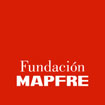Art and culture

Marcel Jean
Surrealist Wardrobe, 1941
Musée des Arts Décoratifs, Paris
© Marcel Jean
Photo: © París, Les Arts Décoratifs/Jean Tholance
FEB.06.2025 – MAY.11.2025, MAD
1924. Other Surrealisms
On 15 October 1924, André Breton published the ‘First Manifesto of Surrealism’. One hundred years later, 1924. Other analyzes the reception and influence in Spain of that text and the Surrealist movement as a whole. The exhibition highlights that, despite its peripheral location in relation to the centres of the European artistic avant-garde, Spain not only contributed to the movement with some of its most representative figures (Dalí, Buñuel, Domínguez…), but also with many important yet lesser-known artists. The exhibition also addresses how Surrealism was reinterpreted in various Latin American countries, as well as the contribution of women to the movement.

Sakiko Nomura
Naked Time_025
© Sakiko Nomura. Courtesy of Akio Nagasawa Gallery
FEB.06.2025 – MAY.11.2025, MAD
Sakiko Nomura
Tender is the night
Best known for her photographs of male nudes, which have represented a defiant break with some of the taboos and traditional stereotypes of Japanese culture, Sakiko Nomura (1967) is one of the most outstanding photographers of her generation. In this, her first major retrospective, the nudes, in which the erotic tension is wrapped in an atmosphere of tenderness and a certain mystery, coexist alongside various other images (animals, natural landscapes, empty streets and roads, forests, plants and flowers, fireworks…) to ultimately form a series of interrupted narratives that evoke cinematic fictions.
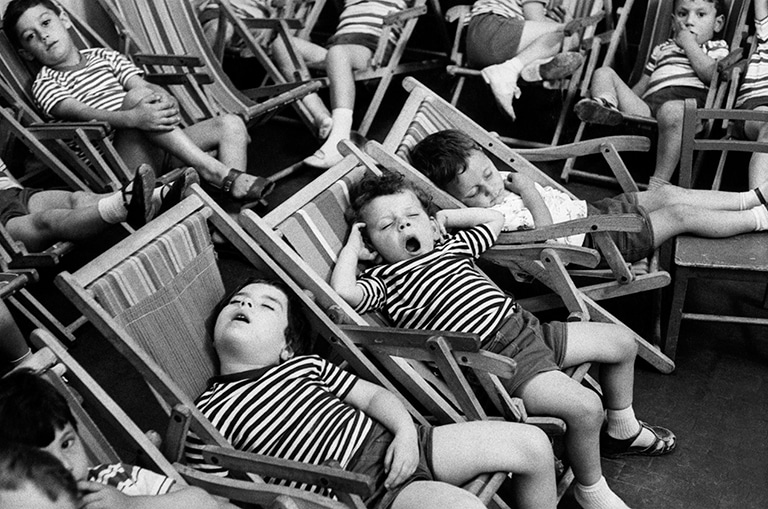
Henri Cartier-Bresson
Naples, Italy, 1960
© Fondation Henri Cartier-Bresson / Magnum Photos
OCT.11.2024 – JAN.26.2025, BCN
Henri Cartier-Bresson
Watch! Watch! Watch!
Born in 1908 and died in 2004, Cartier-Bresson was a witness of the 20th century, of which he ended up becoming probably the best-known photographic chronicler. In 1947, he founded, together with Robert Capa, the Magnum agency, which distributed his photographs all over the world. His interest was always in capturing with his camera what he called “the decisive instant”, a conception of photography that he was able to translate into images as surprising as they were moving, many of which have become icons of the last century.
This exhibition, organized in collaboration with the Bucerius Kunstforum in Hamburg, offers a broad and profound approach to his work as a whole.
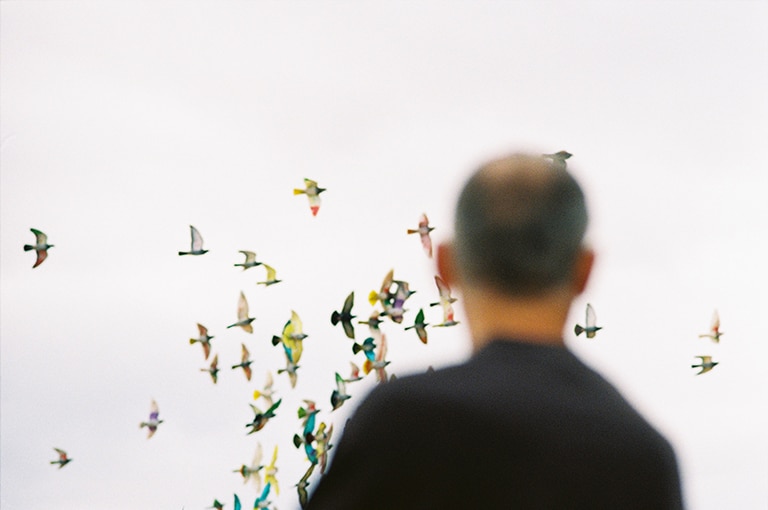
Malu Reigal
Pan, pijo y habas, 2021-in progress
© Malu Reigal
OCT.11.2024 – JAN.26.2025, BCN
KBr Flama’24
KBr Fundación MAPFRE presents the fourth edition of its annual event showcasing emerging creators and the new generation of photographers who are embarking on their professional careers after completing their studies in Barcelona. This year’s exhibition will feature the projects of laura aranda lavado (Granollers, 1994), Estefania Bedmar (Cerdanyola del Vallès, 1989), Malu Reigal (Murcia, 1992), and Alain Rojas Pastor (Esplugues de Llobregat, 1987), selected by a jury formed on this occasion by Carles Guerra, Silvia Omedes and Arianna Rinaldo.
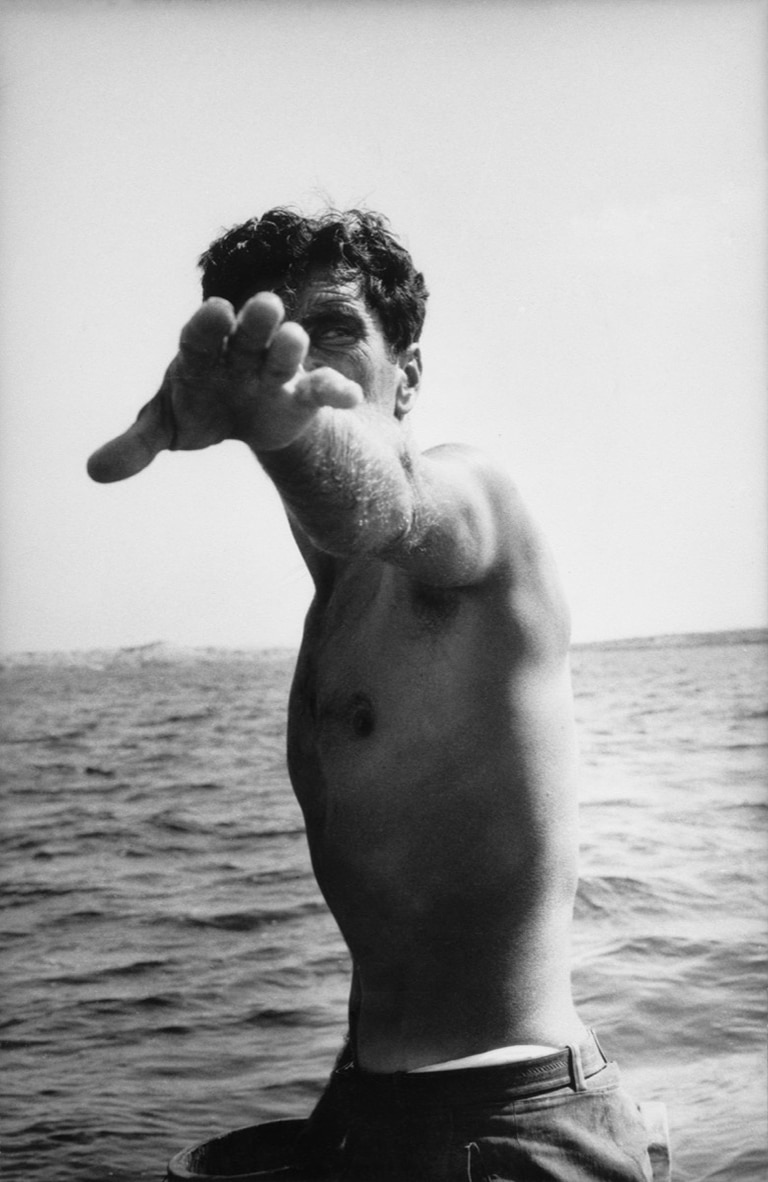
Louis Stettner
Tony, “Pepe y Tony, Pescadores españoles” (Pepe and Tony, Spanish fishermen), Ibiza, Spain, 1956
Fundación MAPFRE Collections
© Louis Stettner Estate, 2024
Louis Stettner
– 02
Centro Andaluz de la Fotografía (Almeria)
Social commitment. Poetry. Belief in the human being.
Louis Stettner (New York, 1922-Paris, 2016) was trained at the Photo League school in New York. In Paris he met Brassaï, who became his mentor. His experience as a photographer during the Second World War profoundly conditioned his understanding of life. This is reflected in his work, which is based on a firm belief in the human being.
Stettner’s work encompasses a multitude of subjects, from almost empty urban environments to bustling scenes of the New York subway, the routines of workers and laborers, and the mountainous landscapes of the French Alpilles massif in his later years.
Louis Stettner’s work was not given the recognition it deserved at the time. This exhibition aims to mitigate this lack of recognition and make the general public aware of the artist. It also celebrates the work of a creator whose photography captured the poetry of everyday life.
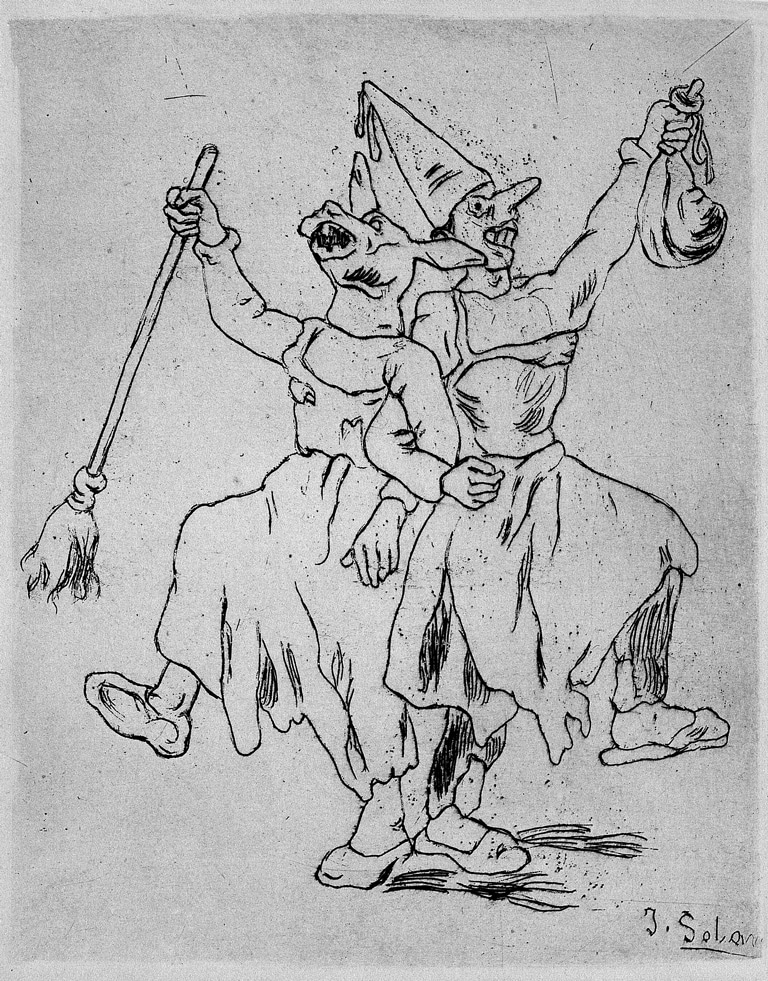
José Gutiérrez Solana
Máscaras bailando cogidas del brazo (Masks dancing arm in arm), ca. 1933 – 1934
Fundación MAPFRE Collections
© José Gutiérrez Solana, VEGAP, 2023
Solana the engraver. Fundación MAPFRE Collections
– 02
Museo Gustavo de Maeztu (Estella, Navarra)
Singularity. Eccentricity. Darkness.
Fundación MAPFRE has an important collection of José Gutiérrez Solana’s engravings, including twenty-six of the twenty-eight etchings catalogued by Rafael Díaz-Casariego and four of the seven surviving lithographs. These offer a representative view of the artist’s body of work, undoubtedly one of the most singular figures of 20th century ¬Spanish art.
Both his life and his work reveal an eccentric personality, impossible to pigeonhole within the framework of the conventional artistic scene.¬ Creating a deeply personal vision, in his paintings, etchings and lithographs, as well as in his texts, Solana seems to approach the Spanish literature of his time, although he remains oblivious to any sense of criticism or regenerationism. On the contrary, he shows us a dark reality within which he seems to move with absolute ease.
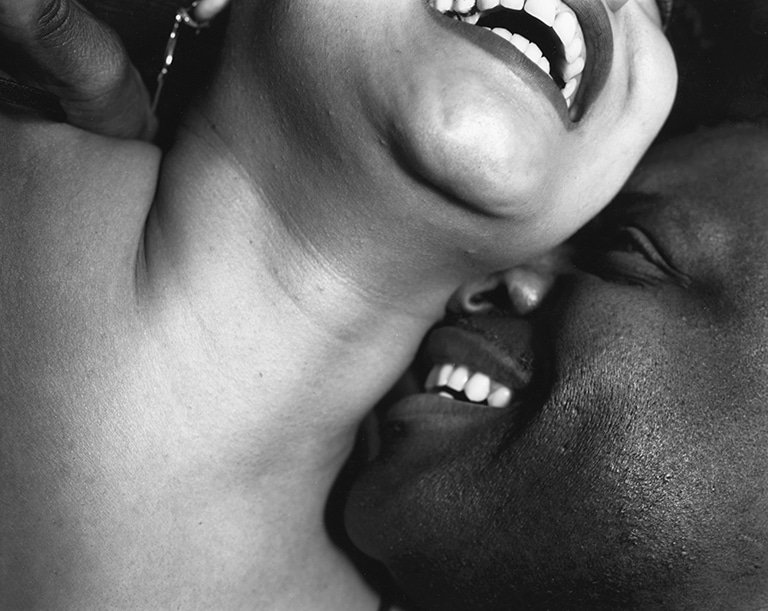
Nicholas Nixon
J.A., E.A., Dorchester, Massachusetts, 2001
Fundación MAPFRE Collections
© Nicholas Nixon
Nicholas Nixon
–
Cascais Cultural Centre (Cascais, Portugal)
Social concern. Simplicity. Intimacy.
Nicholas Nixon (Detroit, Michigan, 1947) explores singular worlds with notable social concern, revealing unnoticed aspects of reality pertaining to the artist’s private experiences. However, given their everyday nature, we can identify with them and they easily evoke in us the echo of memories and emotions. Nixon employs a simple, almost obsolete, but flawless technique; the use of large-format cameras imposes a closeness and the cooperation of the subjects to reveal nearby worlds which grab his attention: the elderly, the sick, the intimacy between couples and the family.
This retrospective on his work (1974-2024) features more than 200 photographs. In it we find a clear guiding thread, a world of its own that has no limits and an extraordinary capacity for reinvention.
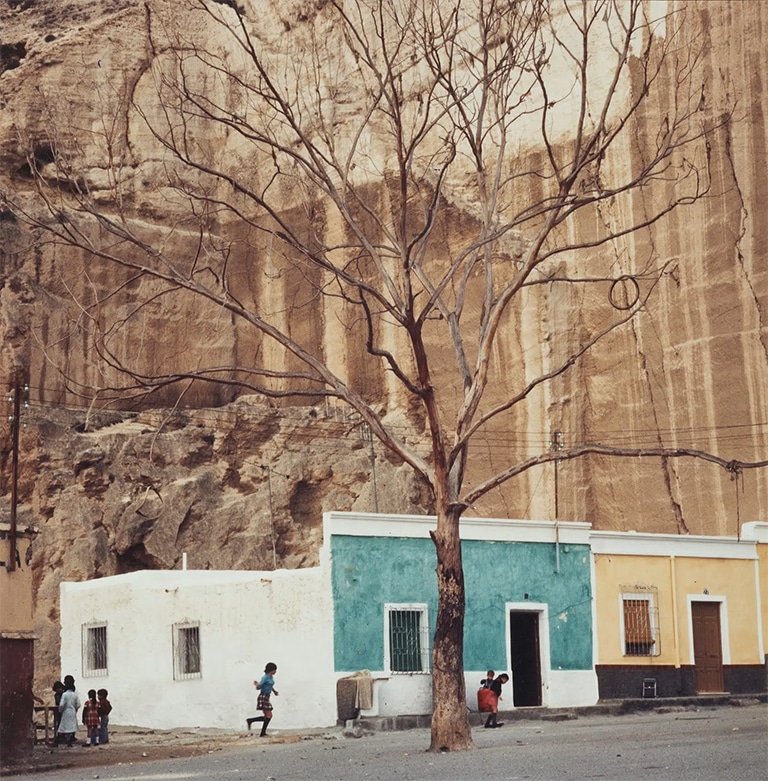
Carlos Pérez Siquier
La Chanca, 1963
Fundación MAPFRE Collections
© Carlos Pérez Siquier, VEGAP, 2024
Carlos Pérez Siquier. Fundación MAPFRE Collections
–
Fundación MAPFRE Canarias (Las Palmas de Gran Canaria)
Identity. Spontaneity. Modernity.
The work of Carlos Pérez Siquier (Almeria, 1930-2021), who was awarded the National Photography Prize in 2003, emerges from a fertile space somewhere between spontaneity and an interest in the human condition, as well as the photographer’s own measured character. His images reveal the transformations of an entire country (and perhaps an entire world) from the peripheral surroundings of Almeria, where he lived throughout his life. Pérez Siquier was a key artist in the development of Spanish photographic modernity.
With this consideration in mind, in 2022, Fundación MAPFRE acquired an important sample of his legacy, which now forms part of the institution’s photography collections.
The exhibition Carlos Pérez Siquier. Fundación MAPFRE Collections comprises a careful selection of that archive and includes images from some of his most emblematic series, such as La Playa (The Beach), Encuentros (Encounters) and Trampas para incautos (Traps for the Unwary).
